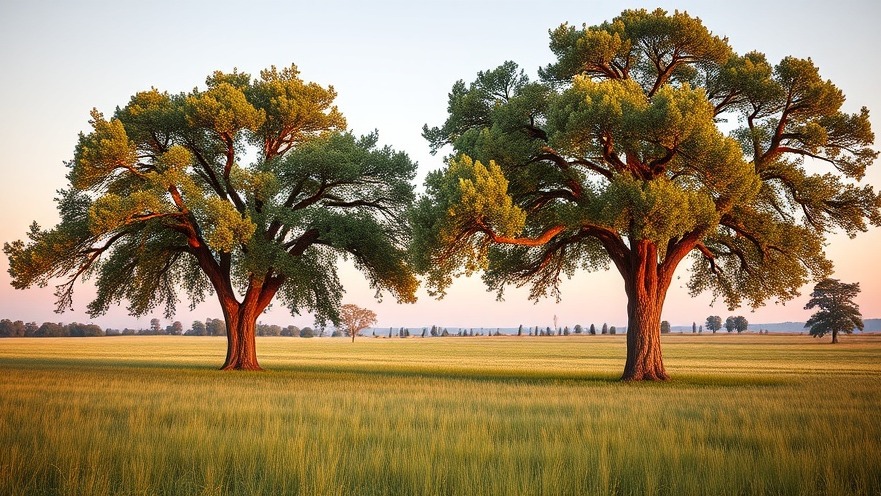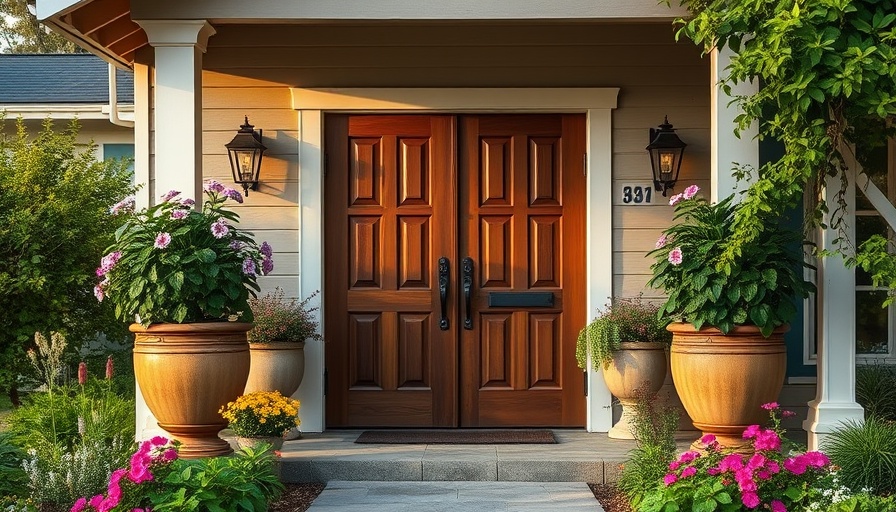
The Timeless Beauty and Resilience of the Cedar of Lebanon
The cedar of Lebanon (Cedrus libani) is not just an ordinary tree; it’s a majestic symbol of endurance and history. Originating from the mountainous regions of Lebanon, Turkey, and western Syria, this evergreen conifer enjoys a rich place in both natural and cultural landscapes. Historically, these trees thrived in biblical times and are deeply woven into the fabric of Lebanese identity. In fact, their name in Hebrew, which translates to ‘firm,’ hints at both the physical robustness of their wood and the spiritual significance they hold.
Understanding its Ecological Importance
As an evergreen, the cedar of Lebanon provides essential habitat for numerous species, including birds and bats, which benefit from its towering presence. Its bark, as it ages, develops cracks and holes that create perfect nesting sites for tawny owls, while its broad branches offer shelter for other wildlife. For eco-conscious homeowners and homesteaders looking to enhance their gardens, choosing a cedar of Lebanon isn’t merely about aesthetics but also about contributing to local biodiversity and fostering a sustainable environment.
Characteristics That Captivate
The cedar of Lebanon stands out with its tiered branches and clusters of dark green needles, which can sometimes be mistaken for the Deodar and Atlas cedars. Its impressive stature—reaching up to 35 meters in height and 25 meters in spread—makes it a commanding presence in any landscape. However, it also requires ample space to mature, making it suitable primarily for larger gardens or parks. For smaller properties, compact varieties such as Cedrus libani ‘Sargentii’ offer a great solution without sacrificing visual impact.
Planting and Caring for Your Cedar of Lebanon
Growing a cedar of Lebanon tree can be a rewarding endeavor, especially for those keen on eco-friendly gardening. Ideal planting times are from mid-autumn to early spring, ideally when conditions are not waterlogged or frozen. With a preference for full sunlight and well-drained soil, these trees are hardy and require minimal maintenance once established. They are also particularly resilient during periods of drought, making them a valuable addition to water-conscious landscaping.
The Challenge of Conservation
Despite its stature and significance, the cedar of Lebanon faces significant threats from deforestation and climate change. This reality underscores the importance of conservation efforts, especially for those passionate about sustainable home design and natural landscaping. By planting a cedar of Lebanon, you are contributing to the fight against habitat loss and helping to preserve a part of our shared heritage.
A Personal Connection to Nature
For potential gardeners, the cedar of Lebanon represents more than just a plant; it serves as a reminder of our connection to the earth and our ability to make thoughtful choices that counteract environmental degradation. Engaging with nature in this way can foster a deeper appreciation of the ecosystems around us and promote a zero-waste mindset that encourages responsible consumption and nurturing of natural resources.
Actionable Insights for Eco-Conscious Gardeners
Consider integrating other sustainable practices alongside the growth of your cedar of Lebanon tree. For instance, incorporating composting methods can enrich the soil needed for healthy growth. Practicing water conservation techniques will not only benefit your cedar but also contribute positively to your overall garden health. Embrace toxin-free home upgrades and explore energy-efficient solutions to complement your greening efforts.
As you decide to introduce a cedar of Lebanon to your property, remember that you aren’t just planting a tree; you’re investing in the longevity and sustainability of your environment. Let the beauty of the cedar of Lebanon inspire your eco-friendly gardening journey.
 Add Row
Add Row  Add
Add 




Write A Comment